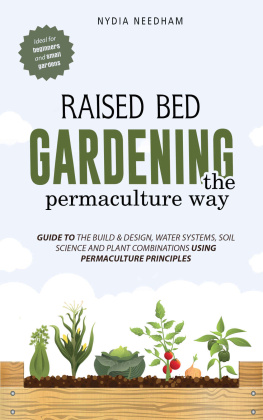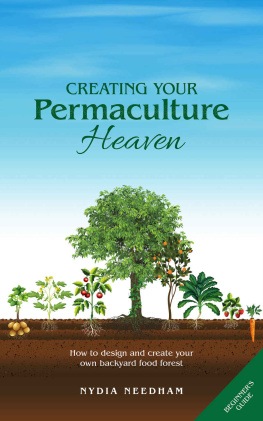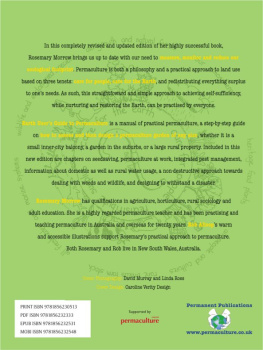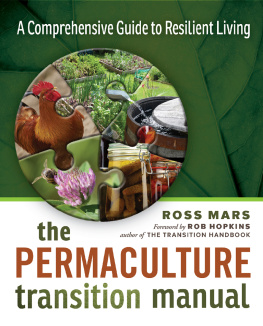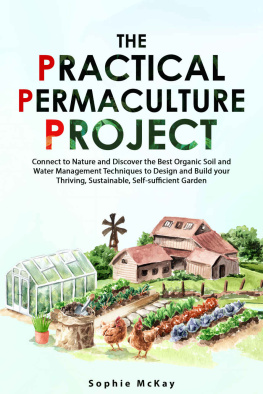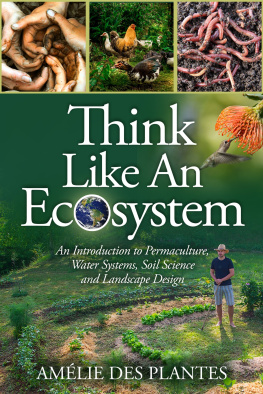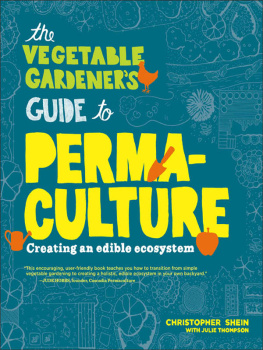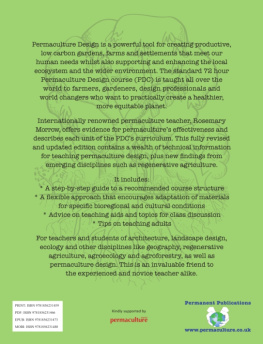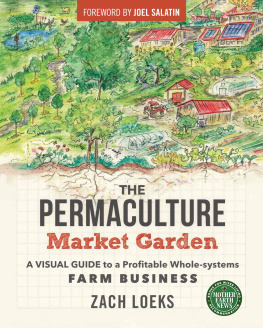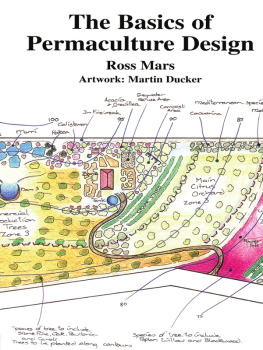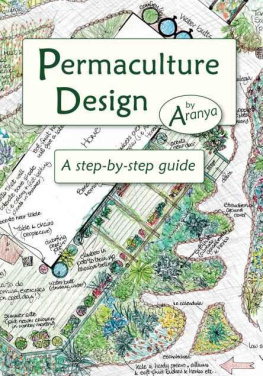
Copyright 2022 by Nydia Needham
All rights reserved. No part of this publication may be reproduced or transmitted in any form or by any means, electronic or mechanical, including photocopying, recording, scanning or otherwise, or through any information browsing, storage or retrieval system, without permission in writing from the publisher.
ISBN: 978-1-915217-10-3 (e-book)

Contents

I remember my first day at college. I had been really looking forward to going, Id waved goodbye to Dad without too much heartache and Id met and instantly liked my roommates, but there was something wrong that I couldnt quite put my finger on. There was something missing.
I realized what it was when I looked out of the window and saw the trees swaying in the wind. For the first time in my life, I didnt have a garden. I didnt have anything green to look after. It was awful.
And it didnt last long. Pretty soon, I had four little pots of herbs growing on the windowsill and everyone knew to come see me if they needed extra basil for a pizza, or some fresh mint for a mojito (it was strictly not allowed, but no one ever complained, so I had my little personal, four-pot garden).
If I can have a garden in a college dorm, you can have one wherever you live too. No space is too small!
A lot of people want to grow at least some of their own food. They may be motivated by wanting to save money from the household budget, to eat healthily produced organic food, or to make a small difference to the world by decreasing the amount of industrial agriculture, chemical fertilizers, and food miles (even if only by a tiny amount). They may love particular fruit and vegetables which are difficult to find in the grocery store. Or they may want a courtyard garden that looks pretty but also gives them a crop of fruit.
I suspect most people really want a garden to look after and to relax in. But of course we dont all get the chance. You might not have a large garden, or any garden at all. And when you look at wonderful pictures of mature food forests, or permaculture farms sprawling all the way down a hillside full of flourishing plants, and then you look at your concrete back yard, its tempting to just give up.
But you dont have to. Raised bed gardening can help you raise fruit and veg in a tiny space, even if your back yard has been concreted over. You can even grow tasty food in containers, on a balcony or window sill. And while you cant make a completely permaculture garden under those circumstances (for example, you wont be able to build swales or have a full-grown food forest), you can apply permaculture principles to get the most out of your limited resources.
In reading this book, youre going to learn about intensive food growing to make the most of small spaces. I am going to take you through what the advantages of raised beds are, the planning that goes into your raised beds and then in chapter 4, youll learn practical skills like how to build and fill a raised bed. After that, we will discuss some of the most common mistakes people make with raised bed gardening. But dont worry, we will also talk about the solutions to those problems so you will be well equipped to getting it right from the get go!
Before we look at how to plant in your raised bed, I will take you through the importance of water and soil; two of the most important elements your plants need to produce a healthy crop. The same as humans really, we could not survive without food and water. Youll learn how to keep the soil in top conditionthats something thats not easy in small spaces but its absolutely vital to get a high yielding and tasty crop. Youll then learn how to plant a bed, putting each plant in its right place according to relationships with other plants. You may know this as companion planting, putting plants that like each other together and keeping plants that can inhibit each other apart. Youll learn about square-foot gardening as a great rule of thumb for planting the right amount of each vegetable.
Im also going to share tips about particular plant species that will grow well in small spaces, as well as explaining how to extend your growing season and how succession planting and cut-and-come-again salad plants can give you continuous harvests, instead of a cycle of famine followed by glut (a problem that a lot of traditional gardeners complain about).
And we cant forget about those pesky pests, something all gardeners have to deal with. We will take a look at the kinds of pests and diseases you may see in your garden, as well as ways we can help deter them or attract beneficial insects to your garden, that can help keep them under control.
If youre looking to save some of your seeds for the following year, Chapter 10 will take you through some of the ways you can do this. And finally, for those interested in container gardening, there is a whole Chapter on this.
But first, were going to take a look at the principles of permaculture. Permaculture is a way of seeing gardening as a part of nature, producing benefits for nature as well as for you. Even if you havent got room to adopt full permaculture principles, just understanding the way a permaculture works as a system can really help you to make your garden live and breathe the way it should.
Why am I writing this book? Well, I grew up in the countryside, where gardening and harvesting were part of my daily life, as well as bird song, hearing the owls hoot at night and watching the hares scampering across the meadow in spring. My journey in life led me to the discovery of organic gardening and permaculture. I share an allotment and I also have a small front yard, so I know how to get the most out of our small spaces.
I want to share my knowledge with people who dont have the advantage of a few acres of wilderness to transform, or a big garden in the suburbs. Caring for the earth has given me a great deal of joy and I want to share that, too. And, of course, the more of us care for our planet in the right way, and garden in a way that helps nature rather than harming her, the better life will be for all of us.
So if you have a small patch, or no patch at all, and you want to grow your own food organically and healthily, then this is the right book for you.
Lets get started!

P ermaculture is a way to garden thats based on the idea of natural systems and the way they operate as a whole, dynamic and alive, with plants, light, soil and water all interacting with each other. Its about suiting your garden to natural conditions and working with nature to create a great result, instead of struggling against it. Permaculture is a philosophy, but you can also treat it as a toolboxa source of great ideas for the garden.
Its not a new idea. Some First Peoples use a permaculture philosophy and their agricultural practices are very similar to permaculture techniques. But modern permaculture has its origins in the 1970s, when Bill Mollison and David Holmgren evolved the basic principles and started up Permaculture Institutes around the world.
Bill Mollison was amazed by the abundance of the Tasmanian rain forest, contrasted to the way industrial methods were impoverishing the soil and poisoning the water. He decided to try to create systems that would function in the same way as the rain foresta framework of intercropping perennial trees, shrubs, herbs and fungi.
Next page
